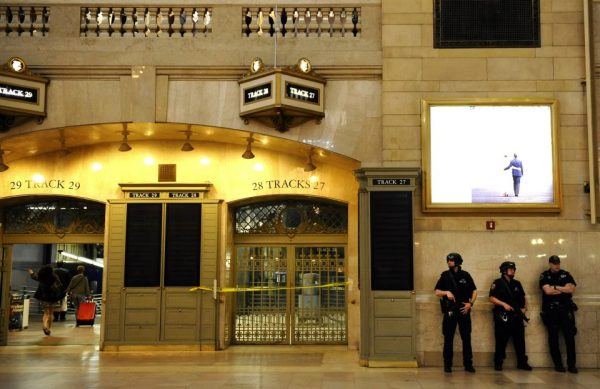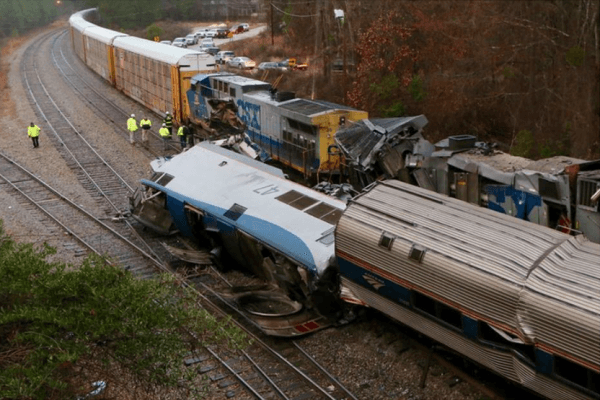Islamic terrorists have a long history of targeting rail transportation to achieve their demonic aims. In 2004, al-Qaeda launched a series of bombings against Madrid’s rail system, killing 192 and injuring over 2000. A year later they attacked London’s tube and bus system, killing 56 and injuring over 700. More recent attacks in Brussels, St. Petersburg, and Moscow against trains and metro systems added almost another hundred dead and hundreds more wounded. Other suspected Islamic groups have been conducting attacks against rail systems in India for the past 20 years.
Dozens of Islamic terrorist attacks planned against rail systems in the United States, Canada, and Western Europe have been disrupted in recent years.

I was a bit surprised when in August 2017 al-Qaeda, as reported in the 17th edition of Inspire magazine, called for attacks against western rail systems. It especially showed ways for martyrs to create derailments to cause human casualties and initiate economic warfare against the west. But did they really need to do so?
Since the beginning of 2015, there have been 29 major train derailments and accidents that did not involve acts of nature or striking a motor vehicle on the U.S. rail systems. This count does not include any incidents on municipal subway or metro systems. Many of these accidents would have been avoidable if our rail infrastructure was modernized and overhauled.
According to the U.S. Department of Transportation, many of our rail systems are relying on technology developed over seventy years ago. The most recent accident in South Carolina, where an Amtrak train hit a freight train, could have been avoided if a positive train control, or PTC, had been employed on the passenger train.

PTC is a series of complex technologies that, once deployed, would prevent train-on-train collisions, derailment from excessive speed, faulty switches, and movement through work zones. The use of PTC on trains carrying passengers and toxic cargo was mandated by the Railroad Safety Improvement Act of 2008 by the end of 2015, which was later extended to the end of this year.
This legislation was thoughtful but the costs to install and maintain PTC has been left to the railroad companies. Union Pacific alone estimates $10 billion in initial investments and annual costs of $500 million to employ PTC. Americans who use and live near the nation’s rail system deserve this investment from the federal government to make PTC a reality.
In the next few days, President Trump will outline his plans to invest in our country’s infrastructure. He and Congress need to work together to provide subsidies and tax credits to railroad companies to deploy and maintain PTC. It is the only way we can ensure that our rail systems will be safe without the interference of Islamic terrorists.
Without PTC, I can only imagine some al-Qaeda or Islamic State meeting in the future, after a disaster on America’s rail lines. A senior Islamic terrorist turns towards his followers and asks, “The rail disaster in the infidel’s homeland – that was us right?” A nervous lieutenant replies, “Sorry, we had nothing to do with the accident. Seems it was an infrastructure issue.”
















